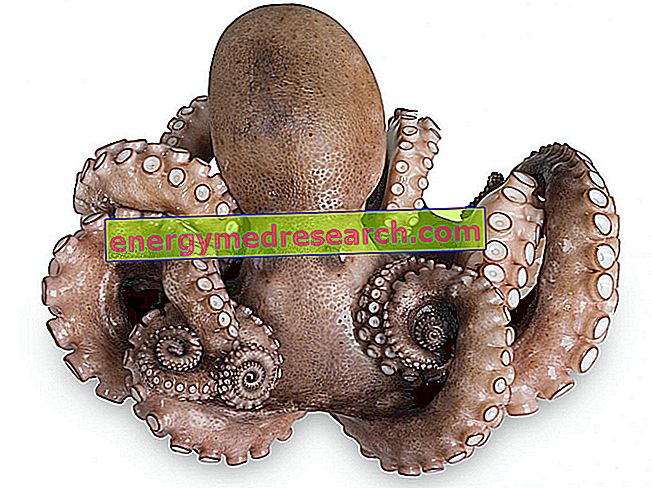Related articles: Athlete's foot
Definition
Athlete's foot, or tinea pedis, is a very common cutaneous mycosis.
This infection is caused by Trichophyton spp . Fungi, which - in particular conditions of heat and humidity - proliferate and attack keratin, that is, the protein that constitutes the stratum corneum of the skin, nails and hair.
Mycosis is called "athlete's foot" because in the past it mainly affected athletes, while today many are susceptible to it. The people who wear socks or shoes made of non-breathable materials are particularly affected. In fact, the heat and humidity of the area facilitate the proliferation of causal fungi.
Even the habit of not drying your feet well or washing them too frequently can predispose to tinea pedis; in fact, these incorrect habits alter the pH of the skin, which naturally protects from external aggressions.
Public showers, swimming pools and changing rooms are places that can promote, especially in summer, the spread of mycosis to other people.
Most common symptoms and signs *
- bubbles
- Bromhidrosis
- Edema
- Erythema
- Pus formation
- leukonychia
- Lymphangitis
- macules
- onycholysis
- plaques
- itch
- Scales on the skin
- Cracked Heels
- Skin Ulcers
- Coarse and opaque nails
- blisters
Further indications
Athlete's foot manifests itself initially with skin maceration, erythema, itching and bad smell. Later on, cracks, a burning sensation and fissures appear between the toes. Athlete's foot also causes plantar thickening and flaking.
In more severe cases, tinea pedis manifests itself with vesicles, ulcers, fissures and erosion of the interdigital and subdigital skin of the feet. These lesions favor the entry of bacteria responsible for secondary infections into the subcutaneous tissue. Other possible complications are cellulite and lymphangitis.

Trichophyton spp. it can also cause concomitant infection of the toenails (onychomycosis).
The diagnosis of athlete's foot is based on the analysis of risk factors and on the clinical aspect; mycosis is confirmed by examination of cutaneous scarifications (ie demonstrating the presence of the causal agent's hyphae).
The treatment involves the use of topical antifungals (in cream or spray), capable of blocking the proliferation of the fungus, to be applied for a fairly long period of time. If recurrences are frequent, it is possible to use oral medications as an alternative (eg itraconazole, terbinafine and fluconazole). In the case of onychomycosis, the treatment may also include the application of medicated enamels on the nail.
To combat the tendency to develop tinea pedis, it is necessary to reduce the local humidity, through the use of absorbent agents and breathable shoes, especially during the warm seasons. Prevention is also possible by washing the feet with mild detergents, being careful to dry the interdigital spaces well.



